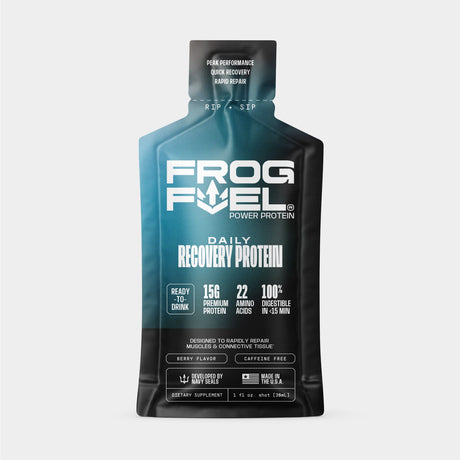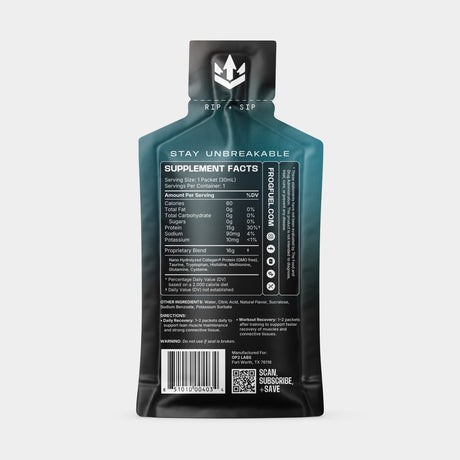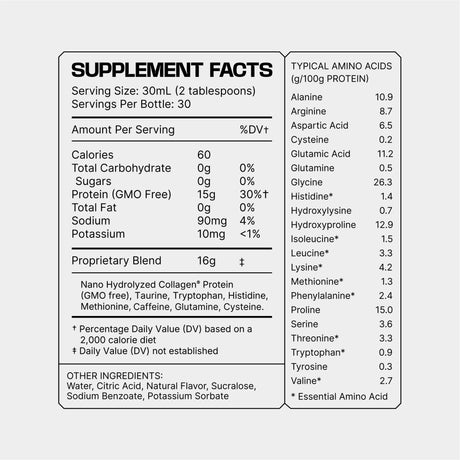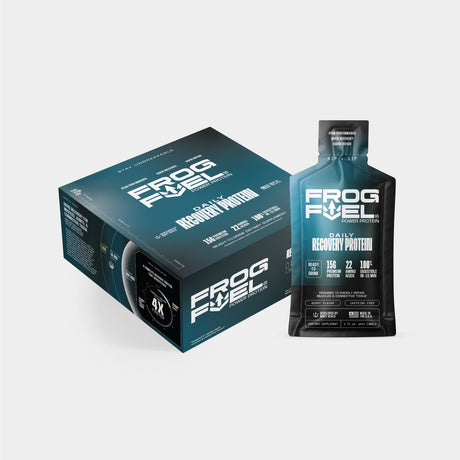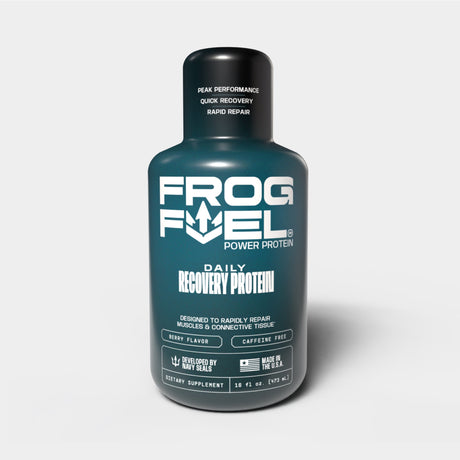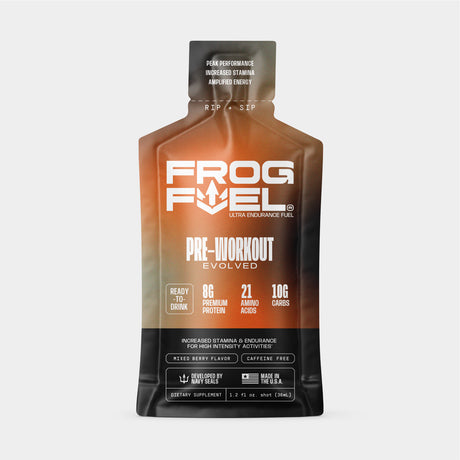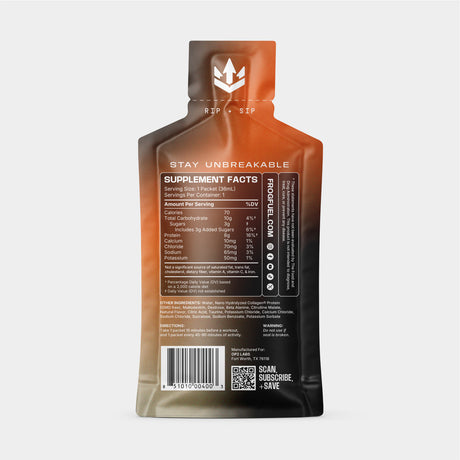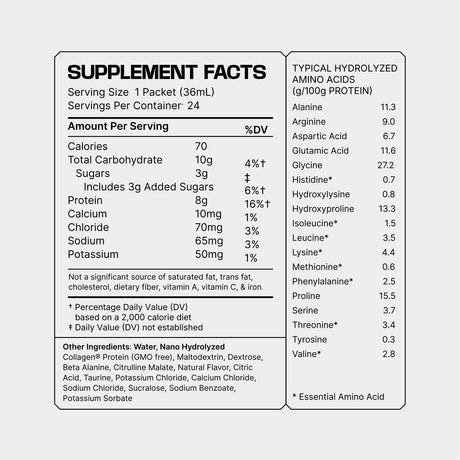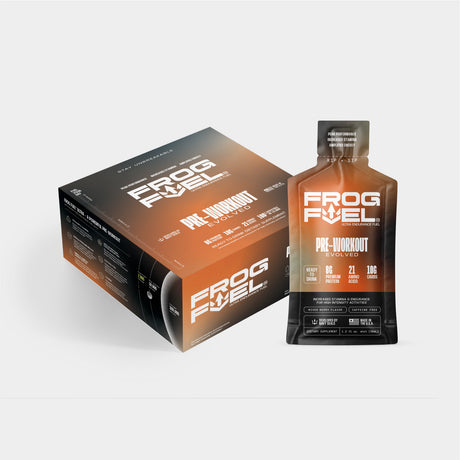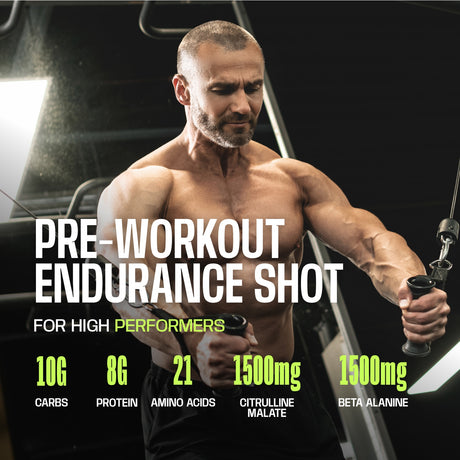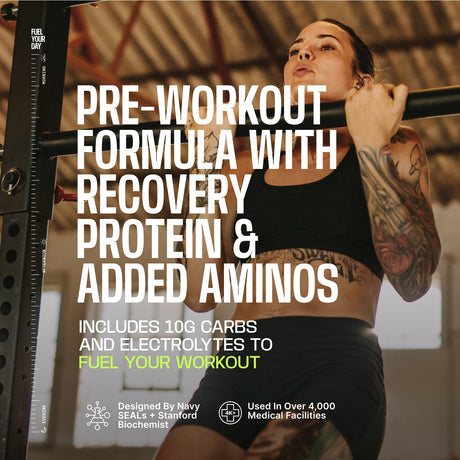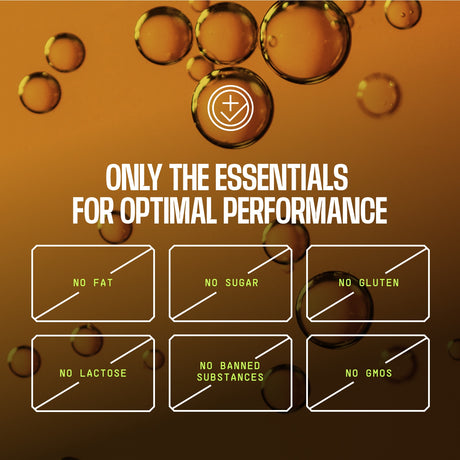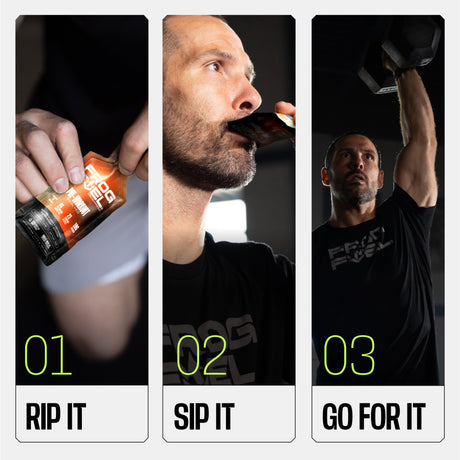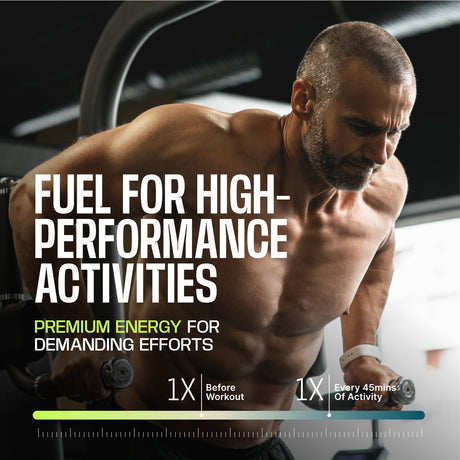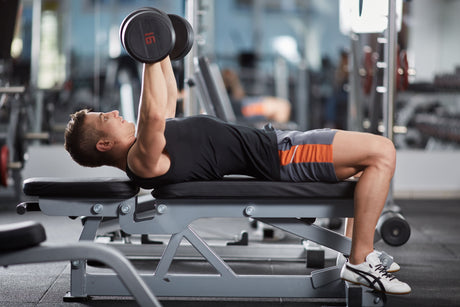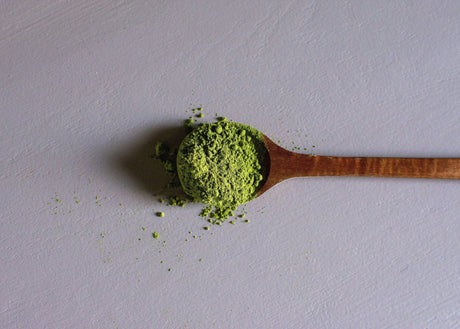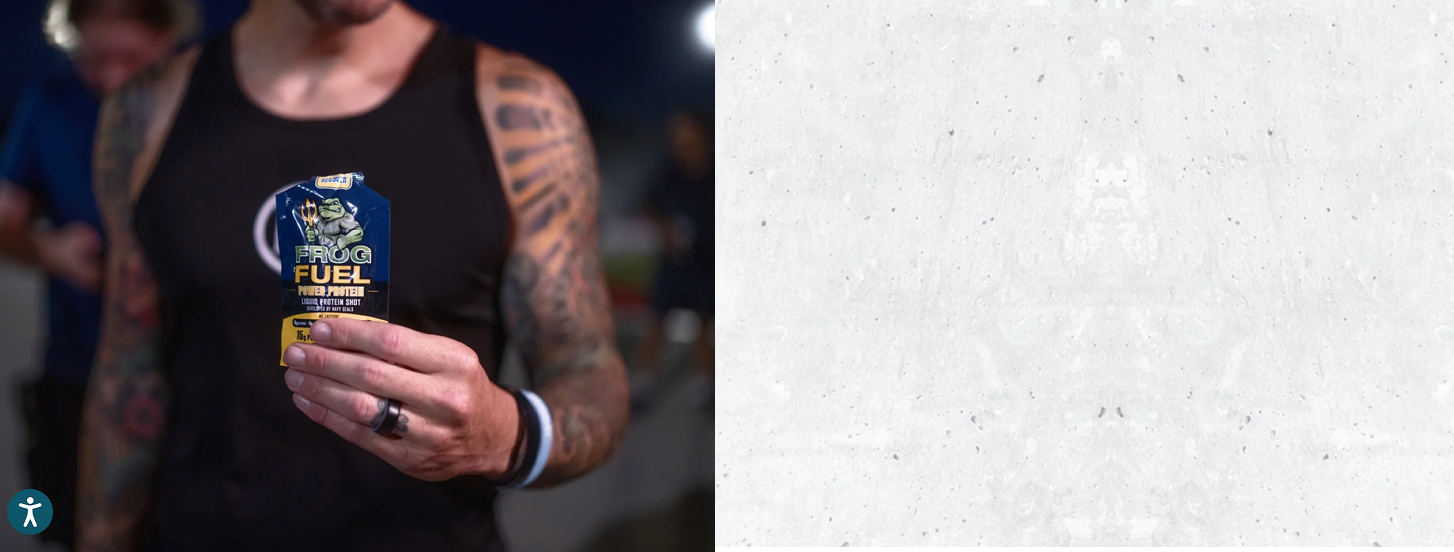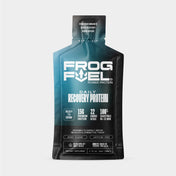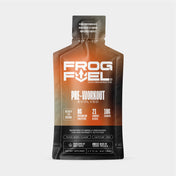Protein! You know you need it, you have a basic idea of where it comes from, and you are pretty sure you’re eating enough.
But do you know all you need to know about complete vs incomplete proteins? How much of each kind do you need?
In this article, we get right into the details of complete vs incomplete proteins. You’ll walk away knowing everything you need to know about why getting complete proteins is so important, what each amino acid does, and much more.
What you need to know about complete vs incomplete proteins
Proteins are the building blocks of YOU. Your cells, organs, circulatory system, bones, skin, and hair are made with proteins.
As an athlete, getting adequate levels of protein (and the right kinds of protein) is essential to proper healing, muscle recovery, strength improvement, and sufficient energy levels. When you are deficient, you will not feel your best, and your goals will feel much harder to achieve.
Both complete protein vs incomplete protein are made of amino acids. There are 20 amino acids that make up the various protein structures of your body. Nine of these are essential amino acids, which means your body does NOT make them on its own and needs a plentiful amount from your diet.
The remaining 11 are non-essential amino acids, which means your body can produce them on its own when insufficient amounts are ingested.
Don’t let their name fool you - non-essential amino acids are still extremely important and should be included in your daily diet. Especially as an active individual, you need well-rounded and diverse sources of protein.
What are the essential and non-essential amino acids? Let’s take a quick look at each of these important protein components and their functions.

The 9 essential amino acids
Here are the nine essential amino acids that make certain foods a complete protein source:
-
Histidine: protects the nervous system, aids in the immune response, improves digestion and sexual function, and plays a role in the sleep-wake cycle.
-
Isoleucine: aids energy production and boosts immune function.
-
Leucine: vital for protein synthesis and rebuilding muscles, plays a role in wound healing.
-
Lysine: aids the absorption of calcium, supports the production of collagen, important in protein synthesis.
-
Methionine: helps the body to absorb minerals such as zinc and selenium, improves metabolism and detoxification.
-
Phenylalanine: a precursor for neurotransmitters, aids in the production of other amino acids.
-
Threonine: improves fat metabolism, supports immune system function, strengthens connective tissue.
-
Tryptophan: important for regulating mood, sleep, and appetite.
- Valine: stimulates muscle regeneration and growth, helps the body to create energy.
The 11 non-essential amino acids
-
Alanine: helps the body convert glucose into energy.
-
Arginine: supports hormone production, cell division, immune system function, wound healing, and removal of ammonia from the body.
-
Asparagine: a structural protein, important for the development and function of brain cells.
-
Aspartic acid: a precursor to four essential amino acids.
-
Cysteine: supports antioxidant function in the body, may help support liver function.
-
Glutamic acid: converts to glutamate in the body, which acts as a neurotransmitter and is important for learning and memory.
-
Glutamine: aids in the synthesis of protein and lipids, transports ammonia from the body, helps to maintain the pH of the body.
-
Glycine: has a calming effect on the central nervous system, may improve sleep.
-
Proline: a main amino acid in a collagen protein.
-
Serine: important to metabolism function, supports neurotransmitter function.
- Tyrosine: a precursor to dopamine, norepinephrine, and epinephrine (adrenalin).
So now you have a better understanding of what makes up complete vs incomplete proteins, but where do you get each type of protein in your diet?
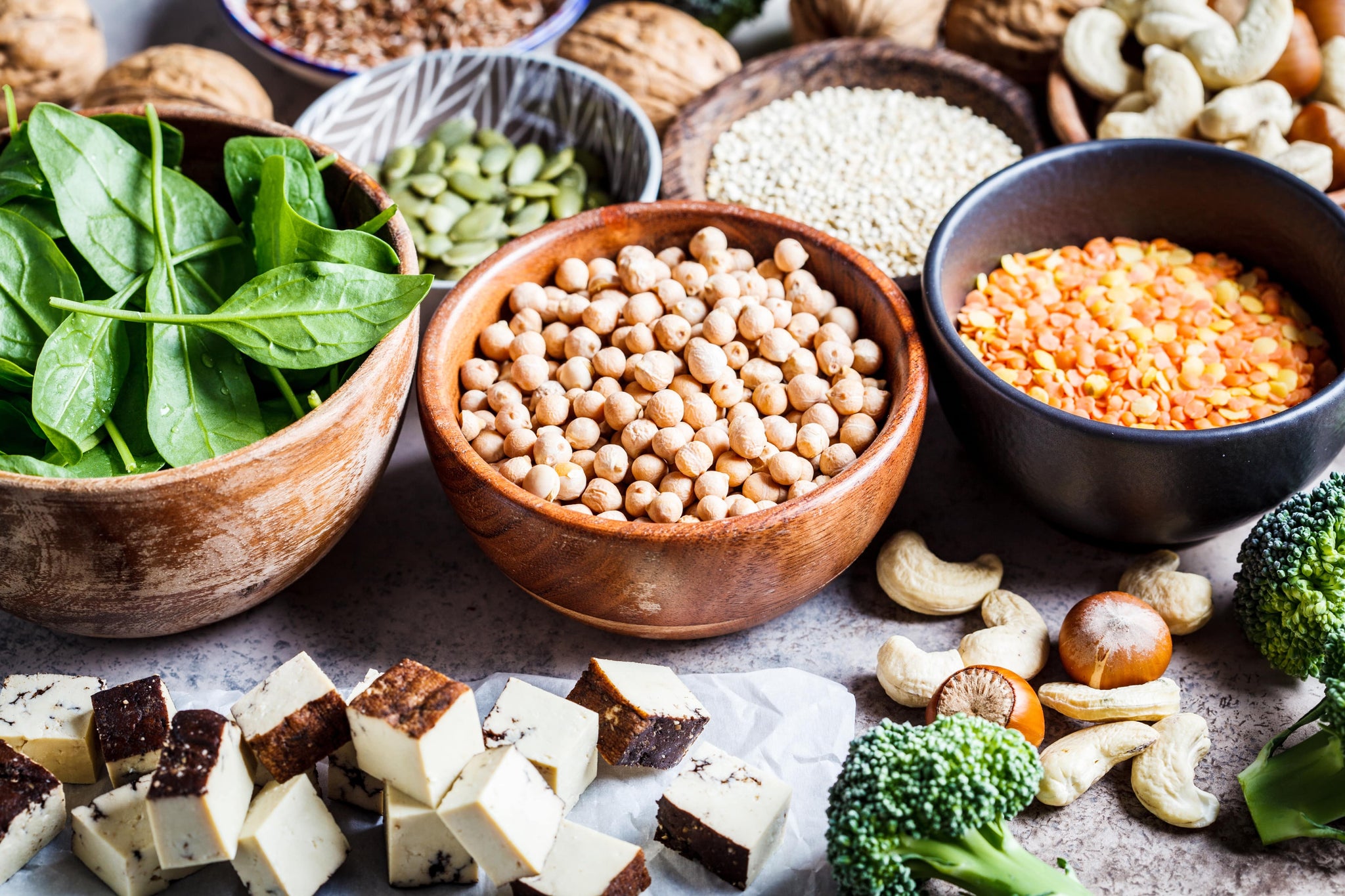
Examples of incomplete proteins
An incomplete protein is a food source that contains less than 9 of the essential amino acids. This is not ideal. If you only eat incomplete proteins, which lack some of the amino acids, you could end up with health problems down the line.
Sometimes you can combine incomplete protein foods and create “complementary proteins” which means that, when eaten together, all essential amino acids are present.
Some good examples of this include peanut butter on whole-wheat bread, or rice and beans.
Examples of incomplete protein food sources include:
Spinach
While spinach does contain all the essential amino acids, it lacks sufficient quantities of some of them to be classed as a complete protein. This means it’s on the wrong side of the complete vs incomplete proteins discussion.
Peas
Like spinach, peas contain all essential amino acids, but not enough to be a complete protein vs incomplete protein. Specifically, peas lack sufficient quantities of methionine. This is an important amino acid that plays a crucial role in many functions of the body.
Nuts
Nuts lack sufficient amounts of lysine, which places them firmly on the wrong side of the complete vs incomplete proteins debate.
Seeds
Seeds also only have small amounts of lysine, which again puts them in the second category of complete vs incomplete proteins.
Collagen
Collagen is yet another food that falls into the incomplete section of the complete vs incomplete proteins debacle. The reason for this is that it is missing tryptophan, an amino acid that is crucial for building melatonin and serotonin. Melatonin helps to control sleep, and serotonin is vital for good sleep, pain relief, buoyant moods, and sleep regulation.
Fortunately, it is possible to supplement collagen with other foods that contain tryptophan, or find the top collagen supplements that have tryptophan added to them - thus making them a complete protein.
But what can you eat that is naturally a complete protein?
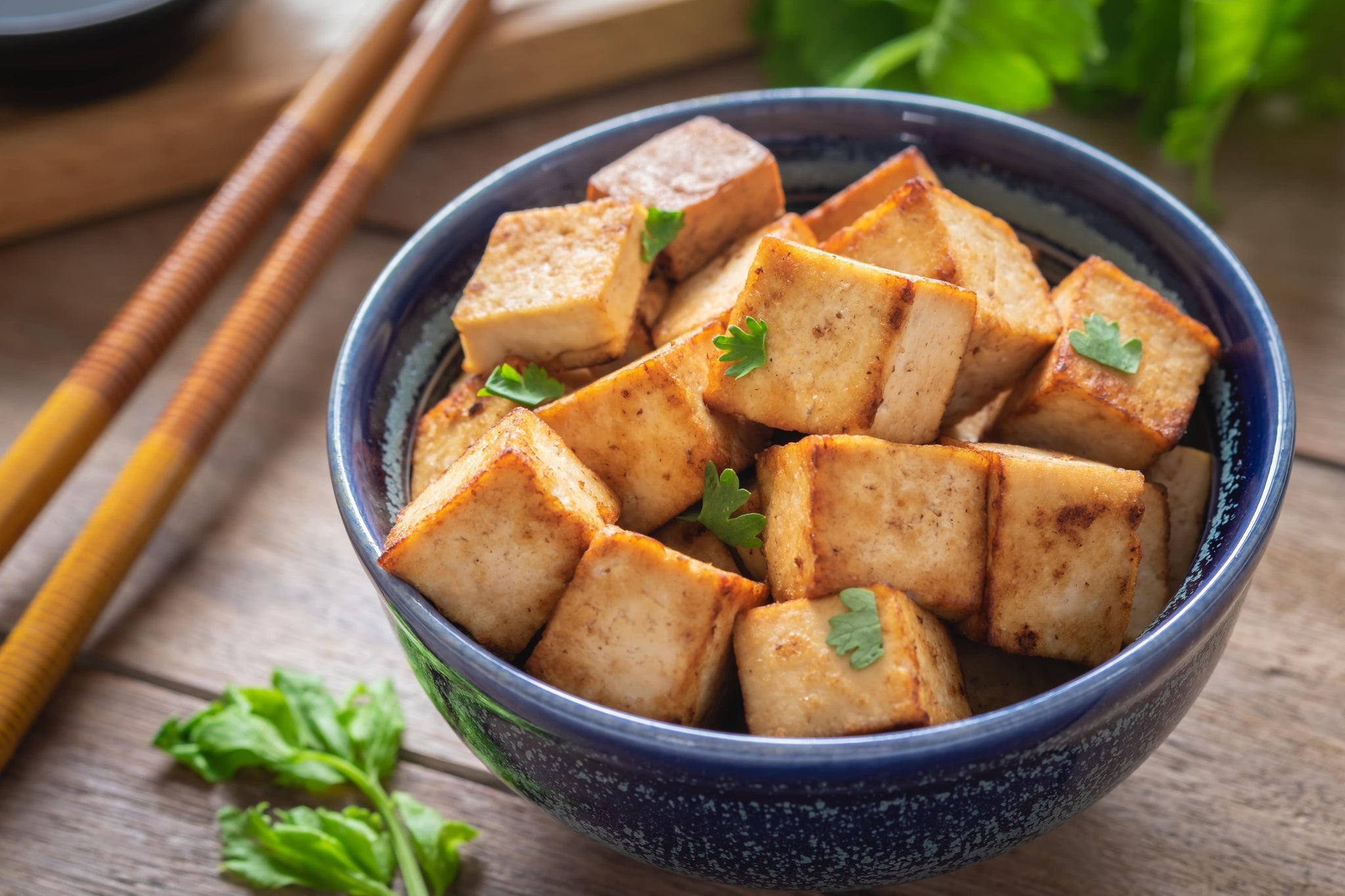
Examples of complete proteins
A complete protein is a food source that contains ALL 9 of the essential amino acids. Remember, when thinking about complete vs incomplete proteins, complete protein always wins.
Here are some examples of complete protein food sources:
Meat and animal products
All meats and animal products are the first on our list of sources of complete protein. These can be some of the best forms of protein to ingest.
Quinoa
If you are vegan or vegetarian, there are some other ways to get complete vs incomplete proteins in your diet. One of them is quinoa! Not only is quinoa packed with complete protein, it is also full of fiber, which makes it great for your digestion.
Soy
Soy is another vegan protein that makes a complete amino acid profile. This also means that tofu and tempeh are complete proteins, as they are both made from soy and are on the best side in the complete vs incomplete proteins debate.

How to combine incomplete proteins to make a complete protein
There are many ways to get complete vs incomplete proteins by combining foods. Combining plant proteins to create a complete protein involves pairing different plant-based protein sources to ensure all essential amino acids are present. Unlike animal proteins, which typically contain all essential amino acids, many plant proteins lack one or more.
Different plant foods have varying amino acid profiles. You can create a complete protein vs incomplete protein by combining sources with complementary amino acids.
Incorporate a diverse range of plant-based protein sources into your diet, such as legumes (beans, lentils, peas), grains (quinoa, rice, oats), nuts (almonds, walnuts, cashews), seeds (chia, hemp, pumpkin seeds), and soy products (tofu, tempeh, edamame).
Then, combine foods from different plant protein groups to ensure a complete amino acid profile. For example, legumes paired with grains, nuts, and seeds can provide complementary amino acids. Aim to include a mix of protein sources in each meal to ensure a well-rounded amino acid intake.
By following these guidelines and maintaining a balanced diet rich in a variety of plant-based protein sources, you can easily obtain all the essential amino acids necessary for optimal health and nutrition.
Examples of complete plant protein combinations:
Beans and Rice: Pairing beans (black beans, kidney beans, chickpeas, etc) with rice creates a complete protein meal. For instance, a dish like rice and beans, common in many cultures, combines legumes rich in lysine with grains abundant in methionine.
Hummus and Whole Grain Pita: Hummus, made from chickpeas, and whole grain pita bread, forms a complete protein snack or meal. Chickpeas are rich in lysine, while whole grains provide methionine.
Quinoa with Edamame: Quinoa is a complete protein on its own, but when combined with edamame (young soybeans), it enhances the protein quality further. This combination provides a balanced mix of essential amino acids.
Peanut Butter on Whole Wheat Bread: Peanut butter, derived from peanuts, when spread on whole wheat bread, creates a complete protein snack or meal. Peanuts contain lysine, while whole wheat provides methionine.
These examples demonstrate how combining different plant-based protein sources can result in complete vs incomplete proteins that supply all essential amino acids necessary for optimal nutrition.
Complete proteins vs BCAAS
You may be thinking that BCAAs are a good supplement option if you aren’t getting enough complete protein. But BCAAs are not sources of complete protein because they contain only 3 of the 9 essential amino acids: leucine, valine, and isoleucine.
While BCAAs are a popular supplement, current research suggests that they do not offer full support for building and repairing muscle like a complete protein can.
Most companies that make collagen protein powders and BCAA supplements save money by not adding in all the essential amino acids. This is why it’s important to check labels and make sure you are buying supplements that contain complete protein.
Remember, when you are comparing complete vs incomplete proteins, complete proteins like those found in reinforced collagen powders will also be more effective.
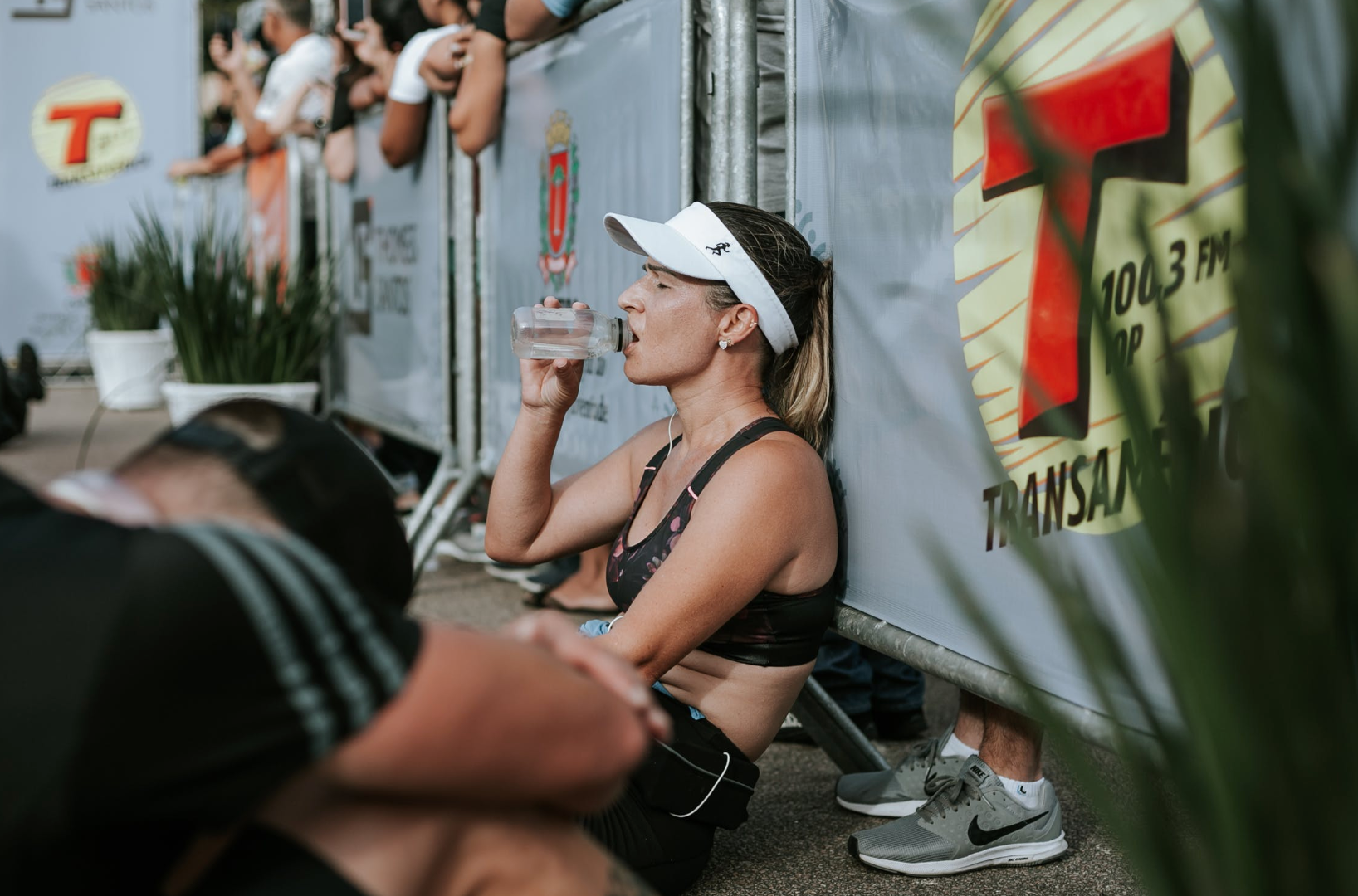
Importance of choosing complete vs incomplete proteins
When it comes to looking at complete vs incomplete proteins, complete proteins come out as the clear winner. This is because when you choose a complete protein, your body is able to use all of the protein effectively, giving your body a greater ability to both repair and grow muscle.
If you aren’t getting enough complete protein - your body will tell you!
Signs you’re not getting enough protein
If you are experiencing one or more of the following symptoms below, you may be suffering from protein deficiency from not enough complete proteins.
- Poor/slow wound healing
- Prolonged muscle soreness
- Ravenous appetite
- Difficulty building muscle
- Muscle mass loss
- Brittle hair
- Bone fractures
- Weak immune system/recurrent infections
- Low energy
- Muscle weakness
A protein deficiency may occur because you are eating a lot of incomplete protein sources and not enough complete ones. Or because you are not getting enough of either.
Your body needs ALL the amino acids for your body to function optimally.

FAQS about complete vs incomplete proteins
Now you’ve got the lowdown on complete vs incomplete proteins, let's take a look at some of the most frequently asked questions when it comes to protein.
Can you gain muscle using incomplete proteins?
There's a lot of debate surrounding complete and incomplete proteins, and whether or not you can still gain muscle with incomplete protein.
Some say that as long as you're getting all the essential amino acids your body needs, it doesn't matter if they come from complete vs incomplete proteins. Others believe that complete proteins are superior for building muscle because they provide all the amino acids in the right ratios.
The truth is, you can still gain muscle with both complete and incomplete proteins. However (and this is a big however), there are a couple of things to keep in mind.
First, if you're not getting all the essential amino acids your body needs, you will not be able to build muscle as efficiently. Second, complete proteins tend to be more bioavailable, meaning your body can better absorb and use them for building muscle.
Remember, when you’re comparing complete vs incomplete proteins, when it comes to building muscle, complete wins every time.
If you aren’t getting enough complete protein in your diet, you can supplement with an enhanced collagen protein (with tryptophan added) like Frog Fuel liquid protein shots. Then, not only will you get the benefits of complete protein, you can get a host of other liquid collagen benefits like youthful, vibrant skin and improved joint health and wound healing.
How much protein do I need?
The recommended dietary allowance (RDA) for protein for the average person is 0.8g per kg of body weight. To calculate your RDA for optimal protein absorption, you’ll take your body weight (in pounds) and divide it by 2.2, then multiply it by 0.8.
For power and endurance athletes, there is a suggestion of 84g - 119g for men and somewhere between 66g - 94g for women.
Here is an equation to make it a little more simple:
- Normal: (lbs)/2.2 x 0.8 = grams of protein recommended per day
- Athlete: (lbs)/2.2 x 1.2 = grams of protein recommended per day
How many protein shakes can I drink in a day?
People interested in nutrition often ask “can I drink two protein shakes a day?” This is fine, so long as you are getting complete proteins. Either go with a protein supplement that is naturally a complete protein, or go with one which has added amino acids.

What is hydrolyzed collagen protein?
Another protein question that gets asked all the time is: “What is hydrolyzed collagen?”
Hydrolyzed collagen is a protein that has been broken down into smaller fragments, or peptides, for easier absorption by the body.
Where does hydrolyzed collagen fall in the complete vs incomplete proteins debate? Collagen isn’t naturally a complete protein, but supplements like FrogFuel add the remaining amino acids needed to make their liquid protein shots complete vs incomplete proteins.
How much protein should I have after a workout?
The answer depends on how much you weigh and what your goals are. Check out our guide on how many grams of protein to have after a workout to get clued up on the specifics.
Is collagen a complete protein?
Is collagen a complete protein? Not naturally. Collagen is low on tryptophan, but if you find a collagen supplement with tryptophan added, you’re good to go!
Frog Fuel liquid collagen shots are one such supplement. With tryptophan added in, and a nano-hydrolyzed collagen formula, these hard-hitting products are a great source of easy-to-digest complete protein.


